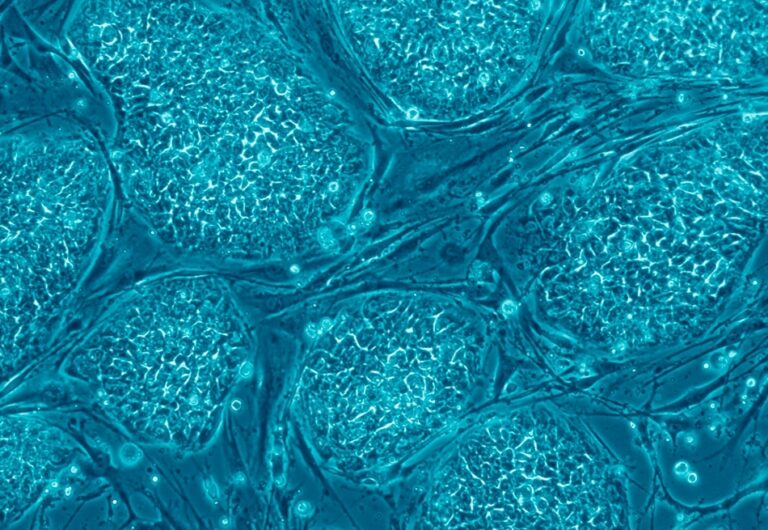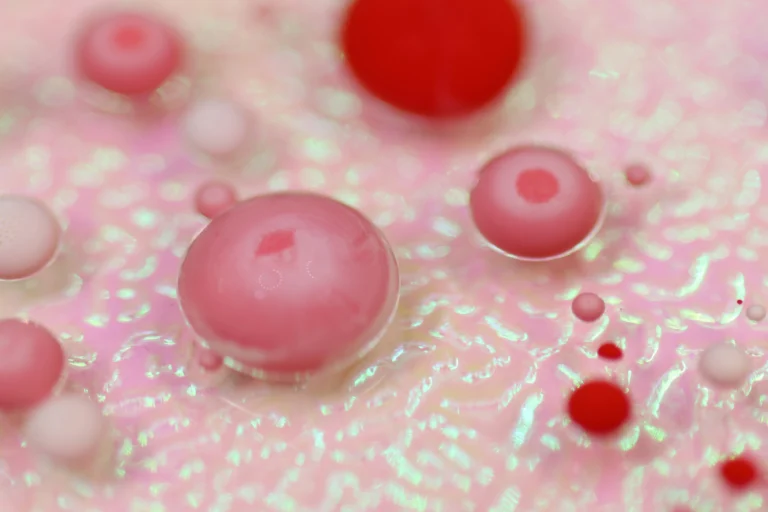
Cell-to-cell adhesion of mammalian cells is what cells are supposed to do, but can be quite detrimental to bioprocessing, upstream and downstream, by producing cell clumps with later formation of larger clusters. Single cell suspensions, microcarrier-adherent cells and stem cell aggregates demonstrate this behaviour. How do we prevent something natural from occurring?
The typical workaround strategies to reduce cell clumping have high initial development and optimisation investment (time vs. labour vs. money). Despite these interventions, inefficient bioreactor performance and process control does affect the chance of technical and economic scalability. Process parameters, i.e. agitation rate, can control the degree of cell clumping but at the cost of increased shear forces. The shear can be mitigated by addition of polymers as shear protectants, but at the cost of increased purification steps or unwanted biomolecule interactions with complex downstream clarification steps. Most anticlumping agents have a low level of cytotoxicity, which can affect overall cell productivity. Yet we must choose the lesser of two evils.
Cell clumping leads to reduced mass transfer, loss in culture homogeneity, cell loss and increases the chances for dreaded contaminations to rear its head. Heterogenous cultures have altered cellular behaviour, severely impacting cell productivity. We should also not forget the unsung heroes of bioprocessing, the downstream team who faces clogging and clarification challenges. It is up to upstream bioprocessing to solve the downstream process challenges…
Whether a workflow is well established or in development, there is always a cost associated with an improvement in the bioprocess workflow. Any bioprocess improvement should be providing an obvious advantage to develop and implement it in the first place. A perceived small increase in bioreactor productivity significantly impacts the economic feasibility of a bioprocess. In a recent paper [1] it was highlighted that a 20% increase in titre resulted in 16% reduction for cost of goods.
The topic of cell clumping and cell-mediated microcarrier aggregation is our favourite topic at CellRev. Contact us to find out why.
[1] DOI: 10.3390/vaccines9010003


